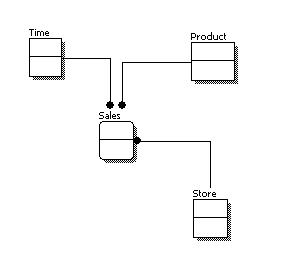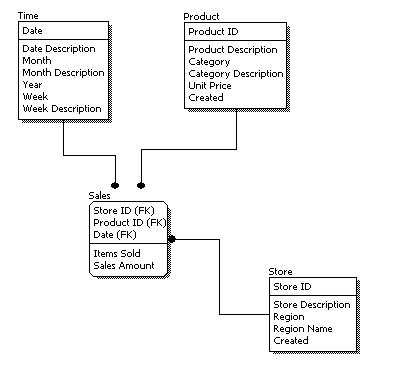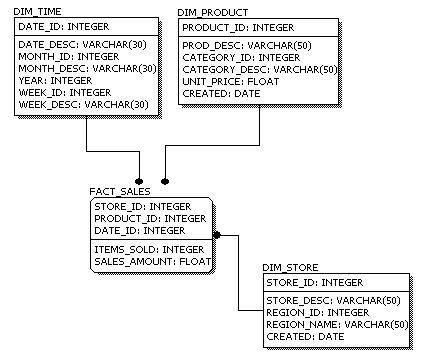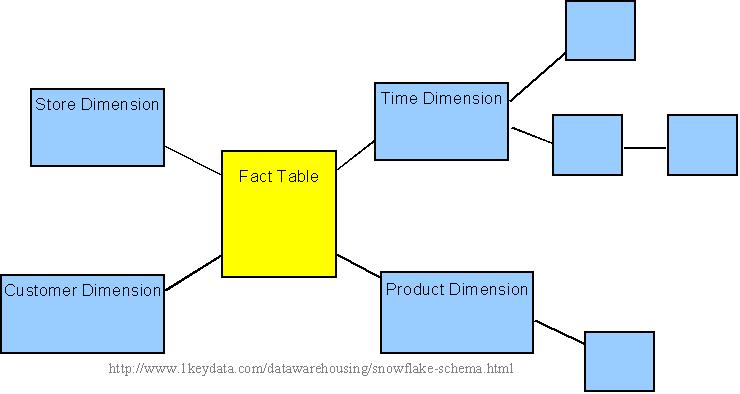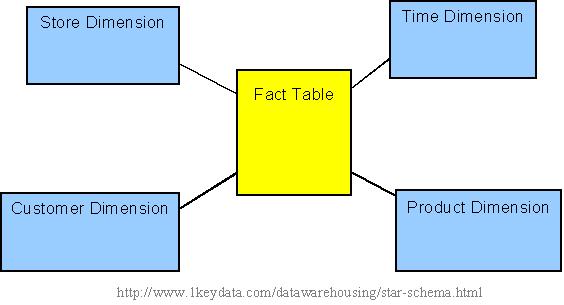There are two areas of discussion: First is whether to use external consultants or hire permanent employees. The second is on what type of personnel is recommended for a data warehousing project.
The pros of hiring external consultants are:
1. They are usually more experienced in data warehousing implementations. The fact of the matter is, even today, people with extensive data warehousing backgrounds are difficult to find. With that, when there is a need to ramp up a team quickly, the easiest route to go is to hire external consultants.
The pros of hiring permanent employees are:
1. They are less expensive. With hourly rates for experienced data warehousing professionals running from $100/hr and up, and even more for Big-5 or vendor consultants, hiring permanent employees is a much more economical option.
2. They are less likely to leave. With consultants, whether they are on contract, via a Big-5 firm, or one of the tool vendor firms, they are likely to leave at a moment's notice. This makes knowledge transfer very important. Of course, the flip side is that these consultants are much easier to get rid of, too.
The following roles are typical for a data warehouse project:




